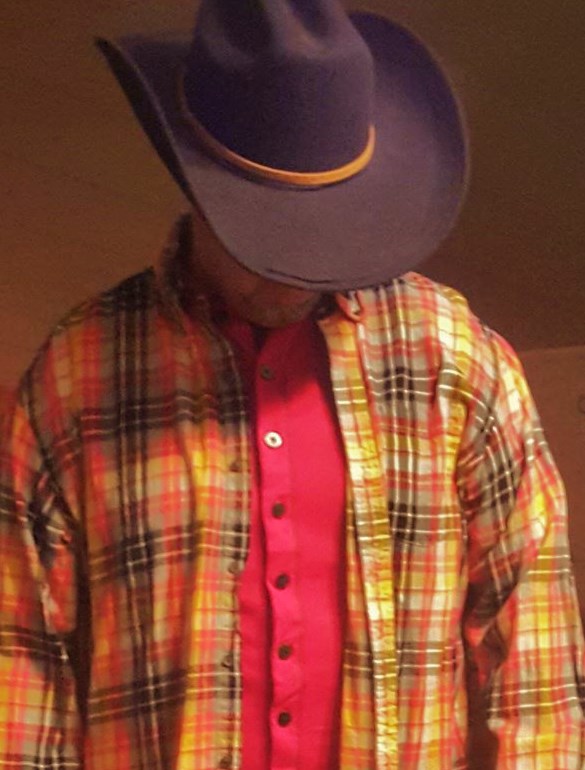by Troy Bishopp
It took just one cold morning on the farm to ask my wife, where are my flannel shirts hiding? As I slid on my old, cotton friend, I knew it was fall. The glorious season of pumpkins, leaf peeping, NO mosquitoes and the many hues of flannel. For a country boy, flannel is just necessary, like my Carharts.

Essayist Deborah Knight remarked, “Flannel is an integral part of our national heritage. It’s literally the fabric that binds us together”. In my opinion, flannel is a fabric for the country soul.
The origin of flannel can be traced back to Wales as early as the 16th century. Flannel was originally made from carded wool or worsted yarn. At one time Welsh, Yorkshire, Lancashire and Irish flannels differed slightly in character due largely to the grade of raw wool used in the several localities.
Originally it was made of fine, short staple wool, but by the 20th century, mixtures containing either cotton, silk or synthetic fiber became common. Nowadays, the softest, coziest flannel is 100% cotton. And for you old rockers, the use of flannel plaid shirts peaked in the 90s’, when popular grunge bands like Nirvana and Pearl Jam used them as their trademark fashion statement.
GQ Magazine remarked, “Weighty flannel shirts have been adopted and reinterpreted by just about every demographic and subculture imaginable: frontier loggers, WWII sailors, greasers, surfers, punks, skaters, west coast rappers, grunge kids, rock climbers, contractors, mustachioed Williamsburg hipsters, farmers, yoga moms, tech bros, and present-day NBA style kings. That universality is a testament to the fabric itself: Resilient enough to take a beating on a jobsite, comfortable enough to swaddle up in on weekends, respectable enough to wear on a date or out to brunch with your folks or on a Zoom call with your boss.”
After the first flannel shirt of the season has been christened with leaf fragments and cat hair (cause they love to snuggle in it), it seems the flood of this, softer than your duvet cover, seeps into our daily lives as the temperature ticks downward. Flannel never leaves the practical fashion conversation—or our laundry cycle between October and March. The sheets and pillow cases are transformed to flannel. The polos of summer are changed out in favor of colorful, brawny, lumbersexual hues. Pajamas, bathrobes, long underwear and scarves are all put in play to fight old man winter. Even the discarded flannel is used for cleaning, wrapping a newborn animal or mopping up grease in the shop.
When I go to buy flannel shirts, quality and origin are all over the board. I prefer companies like Woolrich, Duluth Trading and LL Bean when my budget allows. Trouble is, the bargain-rack pseudo flannel for 12 bucks also calls my name. It doesn’t seem to matter which product I’m drawn to or eventually choose; I always find ways to rip, stain or shrink the darn things.
As a flannel-nista, I prefer vibrant colors, plaids and patterns. They always match with jeans and any kind of Carhart clothing accessory. I’ve worn a flannel kilt in running the highland mud-fest and what man about the town, wouldn’t dabble in a flannel, man-scarf. The fabric’s versatility is unmatched. I have to admit however, that my favorite use, is when my wife wears my soft shirt and cuddles with me on the couch. So now the farmer has made the proclamation: Flannel is also an extension of love. Published in Country Folks/Lee Newspapers


 Poutine-Anything but Routine
Poutine-Anything but Routine »
»